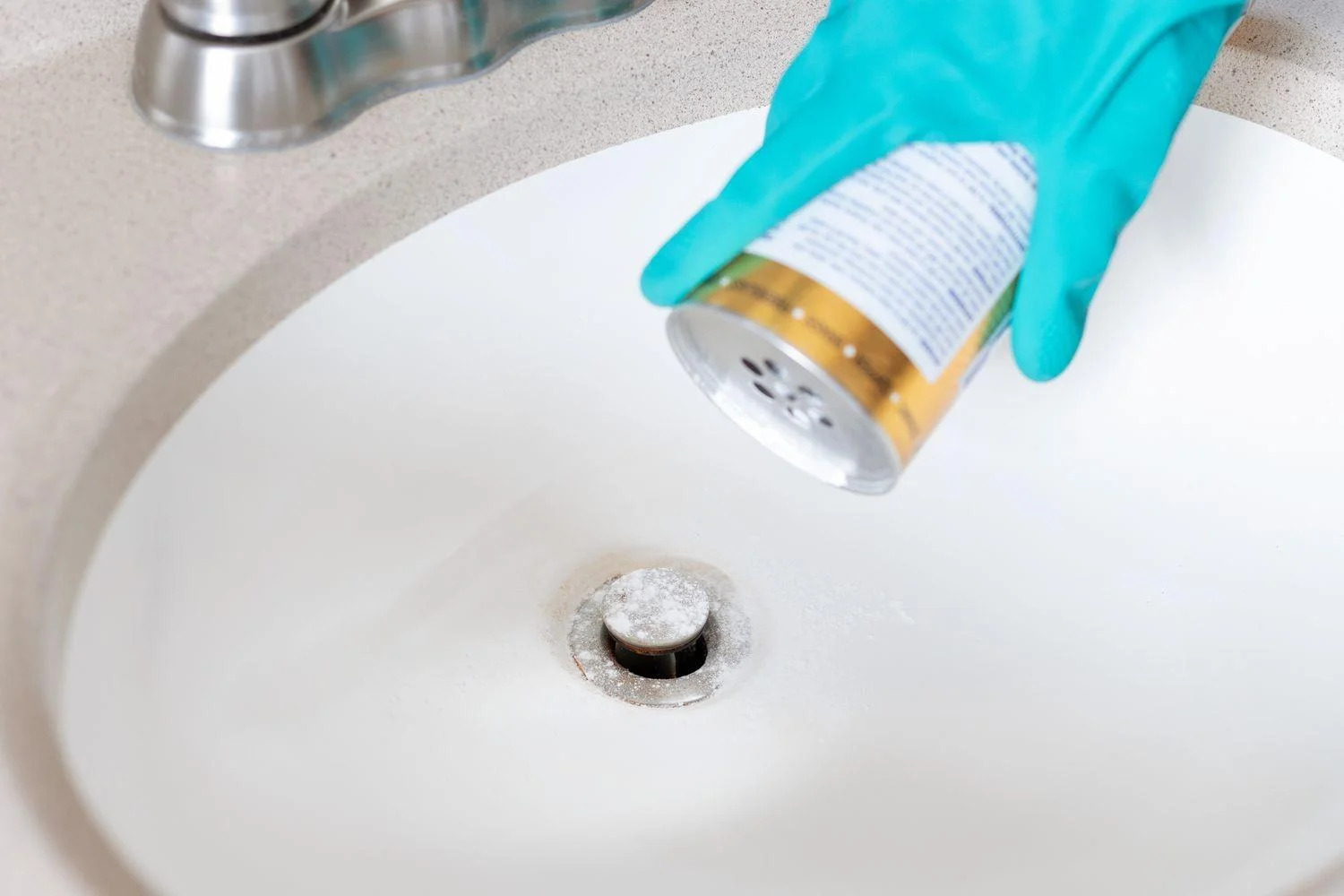

Articles
How To Remove Rust Stains From Porcelain Sink
Modified: October 20, 2024
Looking for articles on how to remove rust stains from a porcelain sink? Find expert tips and step-by-step guides on our website to restore the shine to your sink.
(Many of the links in this article redirect to a specific reviewed product. Your purchase of these products through affiliate links helps to generate commission for Storables.com, at no extra cost. Learn more)
Introduction
Welcome to the ultimate guide on how to remove rust stains from a porcelain sink. Rust stains can be quite stubborn and unsightly, but with the right techniques and remedies, you can restore your sink to its original pristine condition. Whether you are dealing with a small spot or larger patches of rust, this article will provide you with effective solutions to tackle the problem head-on.
Porcelain sinks are popular for their durability and elegant appearance, but they are not immune to rust stains. Rust occurs when metal objects or fixtures come into contact with water and oxygen over time, causing a chemical reaction that results in the formation of iron oxide, commonly known as rust. When rust comes into contact with a porcelain surface, it can leave behind unsightly stains that are difficult to remove.
Before diving into the various methods to remove rust stains, it’s important to prepare your sink properly. Start by clearing out any debris or items from the sink, such as dishes, utensils, or cleaning supplies. This will allow you to have a clear and unobstructed workspace.
Once your sink is empty, give it a thorough cleaning with a mild soap or dishwashing liquid to remove any dirt or grime. Rinse the sink thoroughly with water and dry it completely with a clean cloth. Taking these steps will ensure that the rust removal remedies work more effectively.
In the following sections, we will explore both natural remedies and commercial rust removers that can effectively eliminate rust stains from your porcelain sink. We will also provide tips on preventing future rust stains, so you can maintain the beauty and longevity of your sink.
So, let’s dive into the world of rust stain removal and discover the best methods to bring back the shine and luster to your porcelain sink!
Key Takeaways:
- Say goodbye to stubborn rust stains on your porcelain sink with natural remedies like vinegar, lemon juice, and baking soda paste. Patience and persistence are key to restoring your sink’s pristine condition.
- For more challenging rust stains, opt for commercial rust removers designed for porcelain surfaces. Follow safety guidelines, scrub gently, and rinse thoroughly to effectively restore your sink’s original beauty.
Read more: How To Remove Rust Stains From A Carpet
Understanding Rust Stains
Before we delve into the methods of removing rust stains from a porcelain sink, it is important to have a basic understanding of what causes rust stains and how they form. Rust stains on a sink occur when metal objects, such as utensils or fixtures, come into contact with water and oxygen, leading to a chemical reaction known as oxidation.
When metal objects or fixtures made of iron or steel are exposed to water or moisture, they begin to corrode. Over time, this corrosion causes the formation of iron oxide, a reddish-brown compound commonly known as rust. When rust comes into contact with a porous surface like porcelain, it can penetrate the surface and leave behind stubborn stains.
Rust stains can be particularly challenging to remove from porcelain sinks due to the porous nature of the material. Unlike solid surfaces or materials with protective coatings, such as stainless steel, porcelain sinks are more susceptible to absorbing and retaining rust stains. If not addressed promptly and effectively, these stains can become more difficult to remove and mar the appearance of your sink.
The severity and extent of rust stains can vary. In some cases, you may only notice small spots or specks of rust. In other instances, the stains may cover a larger area, making the sink look discolored and unattractive. Regardless of the size or intensity of the rust stains, it is essential to take the necessary steps to remove them and restore the sink’s original beauty.
Fortunately, there are several techniques and remedies available that can help you effectively remove rust stains from your porcelain sink. Some methods involve the use of natural ingredients that are safe and environmentally friendly, while others utilize commercial rust removers specifically designed for porcelain surfaces.
In the next sections, we will explore these methods in detail, providing step-by-step instructions and tips for successful rust stain removal. Whether you prefer a DIY approach or rely on commercial products, rest assured that there is a solution to suit your needs and restore your porcelain sink to its former glory.
Preparing the Sink
Before you begin the process of removing rust stains from your porcelain sink, it is crucial to properly prepare the sink to ensure the best possible results. Taking a few extra minutes to prepare the sink will help the rust removal methods work more effectively and minimize the risk of damaging the porcelain surface.
Here are some important steps to follow when preparing your sink:
- Clear the sink: Remove any items, dishes, or utensils from the sink to create a clear workspace. This will allow you to have easy access to the rust stains and ensure that the cleaning solutions can work efficiently.
- Clean the sink surface: Start by giving the sink a thorough cleaning with a mild soap or dishwashing liquid. Use a non-abrasive sponge or cloth to remove any dirt, grime, or soap scum from the surface. Rinse the sink thoroughly with water and dry it completely with a clean cloth.
- Protect your hands: When dealing with cleaning solutions or abrasive materials, it is essential to protect your hands. Wear rubber gloves to shield your skin from any potential irritation or harsh chemicals in the cleaning products.
- Provide proper ventilation: It’s always a good idea to work in a well-ventilated area when using cleaning solutions. Open windows or turn on fans to ensure proper airflow and minimize the inhalation of fumes.
- Read product instructions: If you plan to use a commercial rust remover, carefully read and follow the instructions provided by the manufacturer. Different products may have specific application methods or safety precautions, so it’s important to adhere to the recommended guidelines.
- Test in a small area: Before applying any cleaning solution or remedy to the entire surface of the sink, it is advisable to test it on a small, inconspicuous area first. This will help you determine whether the solution is safe to use and will not cause any damage or discoloration to the porcelain.
By taking these preparatory steps, you will set the groundwork for successful rust stain removal and minimize any potential risks or damage to your porcelain sink. Once the sink is cleared, cleaned, and protected, you can proceed with the rust removal methods outlined in the following sections.
Natural Remedies for Rust Stains
If you prefer a more environmentally friendly approach or want to utilize ingredients readily available in your home, there are several natural remedies that can effectively remove rust stains from your porcelain sink. These remedies are safe to use and do not contain harsh chemicals that may damage the sink surface.
Here are some natural remedies you can try:
- Vinegar: Vinegar is a versatile household ingredient known for its acidic properties, making it effective in removing rust stains. You can create a vinegar solution by mixing equal parts of white vinegar and water. Apply the solution to the rust stains and let it sit for about 10 to 15 minutes. Scrub the stains gently with a soft brush or sponge, and rinse the sink thoroughly with water.
- Lemon Juice: Lemon juice contains citric acid, which can help dissolve rust stains. Squeeze fresh lemon juice directly onto the rust stains and let it sit for a few minutes. Use a sponge or cloth to rub the stains gently, and rinse the sink with water. The natural acidity of lemon juice can work wonders in removing rust stains.
- Baking Soda Paste: Baking soda is a natural abrasive that can help scrub away rust stains. Make a paste by mixing baking soda with water until you achieve a thick consistency. Apply the paste to the rust stains and let it sit for a few minutes. Use a sponge or soft brush to scrub the stains gently. Rinse the sink with water and repeat the process if necessary.
- Salt and Vinegar: Create a paste by mixing salt and vinegar to form a thick consistency. Apply the paste to the rust stains and let it sit for about 15 minutes. Scrub the stains gently with a sponge or brush, and rinse the sink thoroughly with water. The combination of salt and vinegar can help break down the rust and remove the stains.
- Toothpaste: Toothpaste contains mild abrasives that can be effective in removing rust stains. Apply a small amount of toothpaste to the rust stains and rub it gently with a soft brush or sponge. Let it sit for a few minutes, then rinse the sink with water. Toothpaste can be a quick and convenient remedy for smaller rust stains.
Remember, when using natural remedies, it may take some time and repeated applications to completely eliminate stubborn rust stains. Patience and persistence are key. If one remedy doesn’t yield satisfactory results, try another one or a combination of remedies until you achieve the desired outcome.
Before using any natural remedy, always remember to test it in a small, inconspicuous area of the sink to ensure it does not cause any damage or discoloration. Additionally, avoid using abrasive scrub brushes or steel wool, as they may scratch the porcelain surface. Stick to soft brushes or sponges to protect the integrity of your sink.
Now that you have an arsenal of natural remedies, you can confidently tackle rust stains and restore the beauty of your porcelain sink.
Use a mixture of baking soda and hydrogen peroxide to create a paste. Apply the paste to the rust stains and let it sit for 15-20 minutes before scrubbing with a soft brush. Rinse thoroughly.
Using Commercial Rust Removers
If natural remedies are not providing the desired results or you prefer a more powerful solution, commercial rust removers specifically designed for porcelain surfaces can be an effective option. These products often contain stronger chemicals and formulations that can efficiently dissolve and remove stubborn rust stains.
Here are some steps to follow when using a commercial rust remover:
- Select a suitable product: Visit your local hardware store or home improvement center to find a commercial rust remover that is safe for use on porcelain surfaces. Read the labels and look for products that are specifically designed for rust removal from porcelain sinks or bathroom fixtures.
- Follow the instructions: Carefully read and follow the manufacturer’s instructions provided on the product packaging. Each rust remover may have specific application methods and safety precautions, so it’s important to adhere to the recommended guidelines.
- Apply the rust remover: Apply the commercial rust remover directly to the rust stains in accordance with the instructions. Use a brush or sponge to distribute the product evenly over the stained areas. Ensure that the affected areas are completely covered with the rust remover.
- Allow the product to work: Depending on the specific product, you may need to wait for a certain amount of time for the rust remover to penetrate and dissolve the stains. Follow the instructions for the recommended duration and avoid scrubbing the stains before the specified time has elapsed.
- Scrub gently: After the designated waiting period, gently scrub the rust stains with a soft brush or sponge. Be cautious not to apply excessive pressure or use abrasive materials that may damage the porcelain surface. Work in circular motions and scrub until the stains start to lift.
- Rinse thoroughly: Once the stains have been scrubbed, thoroughly rinse the sink with water to remove any residue from the commercial rust remover. Ensure that all traces of the product have been washed away to prevent any potential damage or discoloration.
- Repeat if necessary: If the rust stains are particularly stubborn or deeply embedded, you may need to repeat the process with the commercial rust remover. Follow the instructions for the recommended number of applications and allow for sufficient waiting time between treatments.
Using a commercial rust remover can be an effective solution for more challenging rust stains. However, it is important to exercise caution and protect yourself by wearing gloves and working in a well-ventilated area. Follow the manufacturer’s instructions and safety guidelines to ensure a safe and successful rust removal process.
Once the rust stains have been successfully removed, rinse the sink thoroughly with water to remove any remaining residue from the cleaning product. Dry the sink with a clean cloth to prevent any water spots or streaks from forming.
Remember, prevention is always better than cure. To minimize the chances of future rust stains, consider implementing preventive measures such as wiping down metal utensils and fixtures before placing them in the sink and addressing any water leaks or pipe issues that may contribute to rust formation.
By following these steps and using a commercial rust remover, you can effectively remove rust stains from your porcelain sink and restore its original beauty.
Preventing Future Rust Stains
Now that you’ve successfully removed rust stains from your porcelain sink, it’s essential to implement preventive measures to minimize the chances of future stains. By taking proactive steps, you can maintain the pristine condition of your sink and avoid the hassle of dealing with stubborn rust stains in the future.
Here are some preventive measures to consider:
- Remove wet metal objects: Whenever possible, remove wet metal utensils, pots, pans, or other objects from the sink promptly. Leaving them in the sink for an extended period can increase the likelihood of rust formation and subsequent staining. Dry metal items thoroughly before placing them in the sink or consider using dish drying racks or mats.
- Use rubber mats or trays: Place rubber mats or trays at the bottom of your sink to provide a protective barrier between metal objects and the porcelain surface. These mats can help prevent direct contact between metal and water, reducing the risk of oxidation and rust formation.
- Avoid harsh cleaners and abrasives: When cleaning your porcelain sink, avoid using harsh cleaners, abrasive scrub brushes, or steel wool. These can scratch or damage the sink’s surface, making it more susceptible to staining and discoloration. Opt for mild, non-abrasive cleaners that are safe for use on porcelain surfaces.
- Maintain proper ventilation: Ensure that your bathroom or kitchen is well-ventilated to reduce excess moisture in the air. Excessive humidity can accelerate the rusting process and promote the formation of rust stains on your sink. Use fans or open windows to improve airflow and ventilation.
- Check for leaks: Regularly inspect your plumbing system for any leaks or water damage. Even minor leaks can lead to prolonged exposure to water, increasing the chances of rust formation. Address any leaks promptly to prevent future rust stains and potential damage to your sink.
- Apply a protective coating: Consider applying a porcelain sealant or protective coating on your sink to create an additional barrier against rust stains. These coatings can help prevent rust from seeping into the porous surface of the porcelain, making it easier to clean and maintain.
By implementing these preventive measures, you can significantly reduce the risk of future rust stains on your porcelain sink. Regular cleaning and maintenance will also contribute to the long-term beauty and durability of your sink.
Lastly, stay vigilant and address any signs of rust or staining as soon as possible. The earlier you tackle the problem, the easier it will be to remove and prevent further damage to your sink.
With proper care and attention, you can enjoy a rust-free and gleaming porcelain sink for years to come.
Conclusion
Removing rust stains from a porcelain sink can be a daunting task, but with the right knowledge and techniques, you can restore your sink to its original beauty. Whether you choose to use natural remedies or opt for commercial rust removers, it’s important to follow proper preparation steps and safety guidelines to ensure effective and safe rust stain removal.
Understanding the causes of rust stains and taking preventive measures can help minimize future staining. By removing wet metal objects promptly, using protective mats or trays, and maintaining proper ventilation, you can reduce the chances of rust formation and keep your sink looking pristine for years to come.
When using natural remedies, such as vinegar, lemon juice, baking soda, or toothpaste, keep in mind that patience and persistence may be required. Rust stains can be stubborn, and multiple treatments may be necessary to achieve the desired results. Additionally, testing these remedies in a small, inconspicuous area of the sink is always recommended to ensure they do not cause any damage or discoloration.
For more challenging rust stains, commercial rust removers specifically formulated for porcelain surfaces can provide a more powerful solution. Follow the instructions provided by the manufacturer and take safety precautions, such as wearing gloves and working in a well-ventilated area, to ensure a successful and safe rust removal process.
By incorporating preventive measures and promptly addressing rust stains as they arise, you can maintain the beauty and longevity of your porcelain sink. Regular cleaning, avoiding harsh cleaners and abrasives, and checking for leaks are essential steps in preventing future rust stains and keeping your sink in top condition.
Remember, prevention is key, but when rust stains do occur, don’t panic. Armed with the knowledge and techniques outlined in this article, you have the power to restore your porcelain sink and make it shine once again.
So, roll up your sleeves, gather your cleaning supplies, and bid farewell to those pesky rust stains. Your porcelain sink will thank you for it!
Frequently Asked Questions about How To Remove Rust Stains From Porcelain Sink
Was this page helpful?
At Storables.com, we guarantee accurate and reliable information. Our content, validated by Expert Board Contributors, is crafted following stringent Editorial Policies. We're committed to providing you with well-researched, expert-backed insights for all your informational needs.
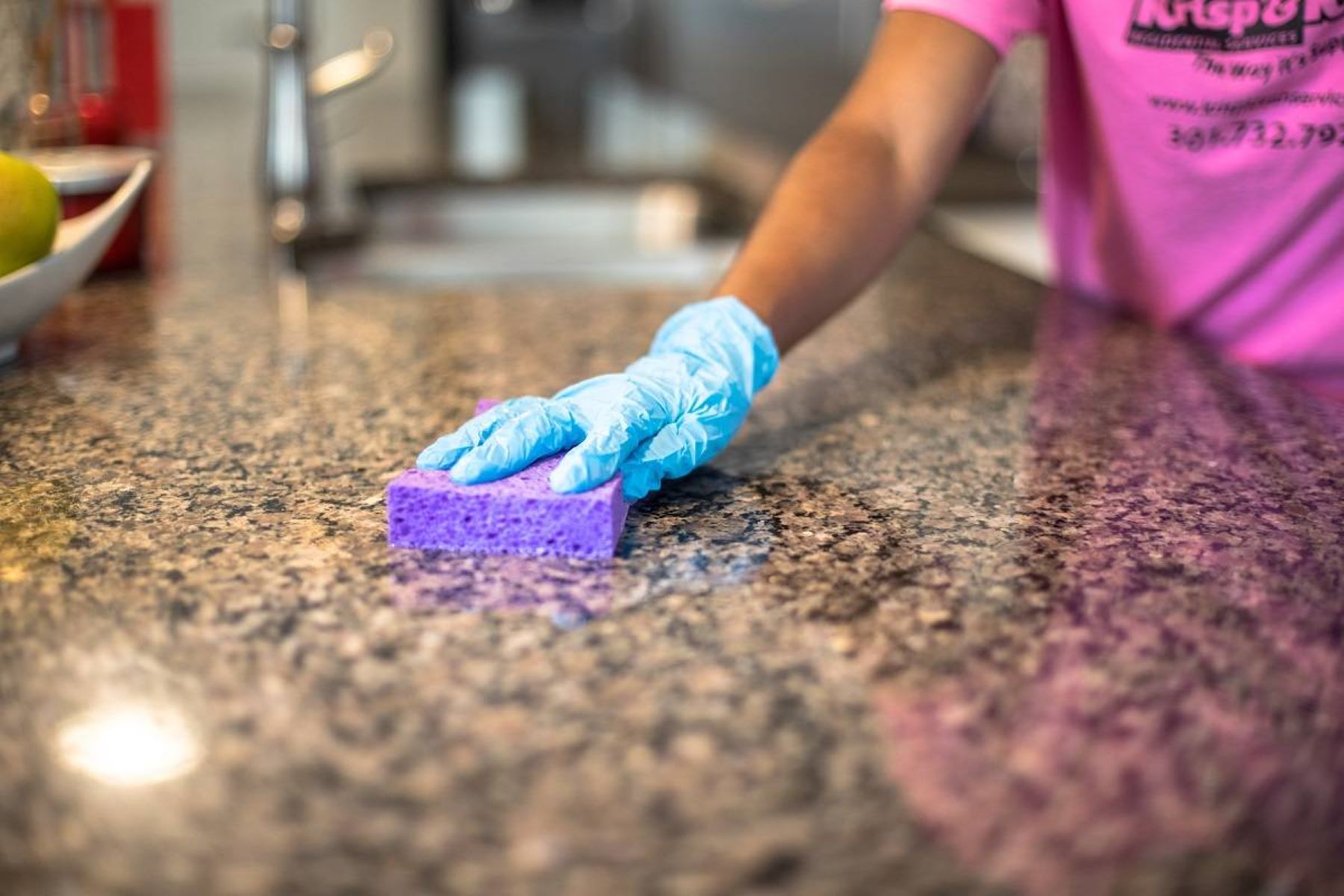
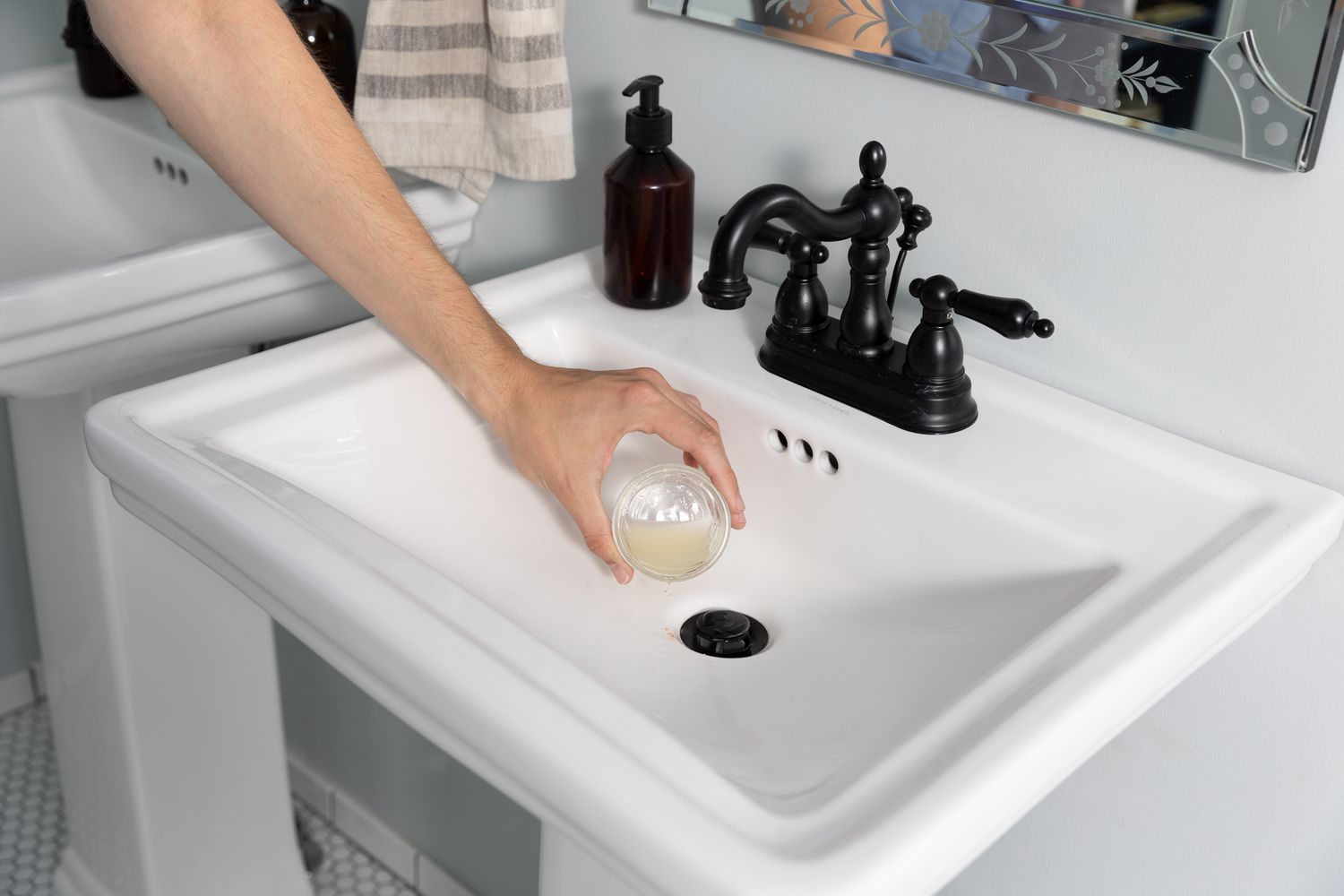
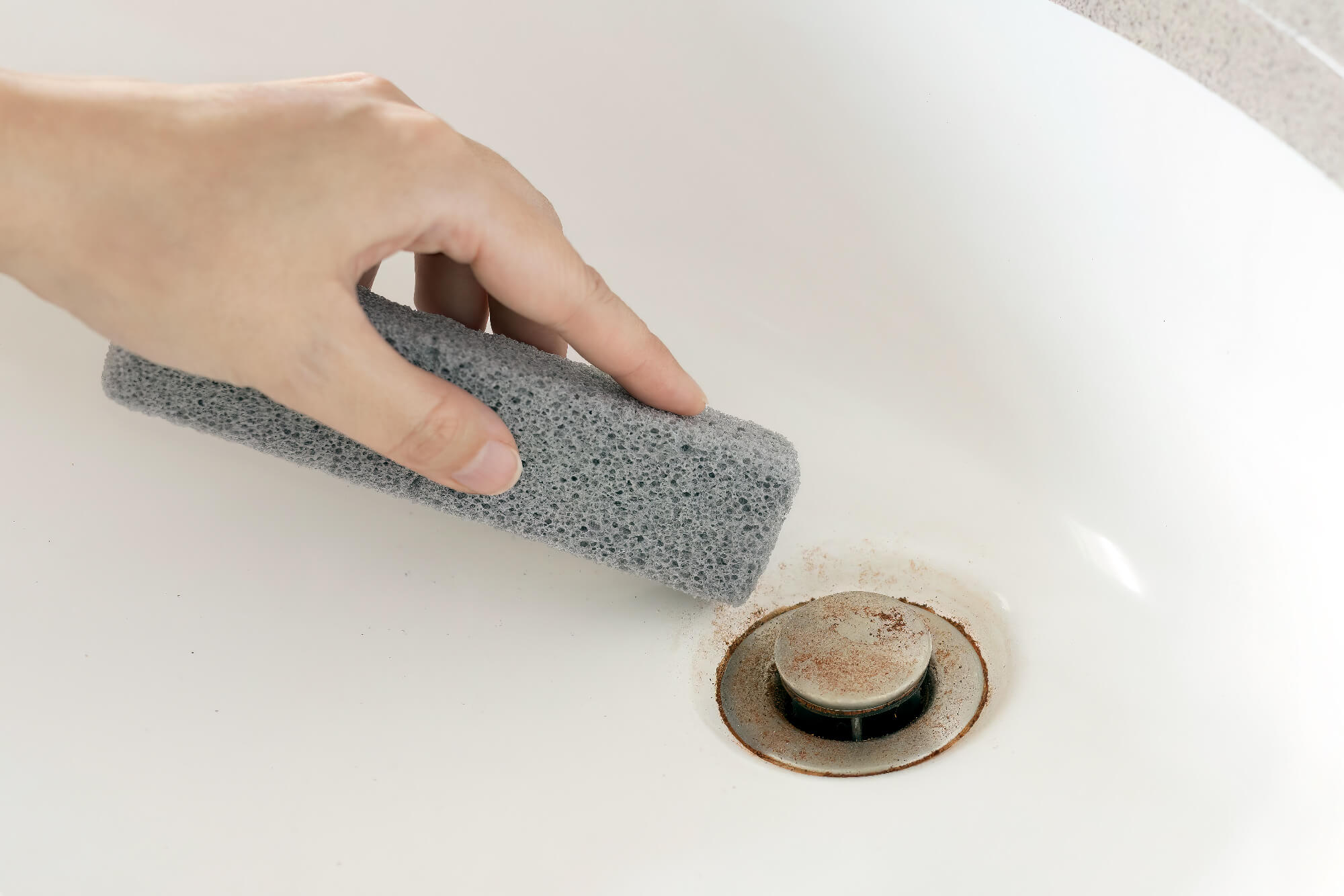
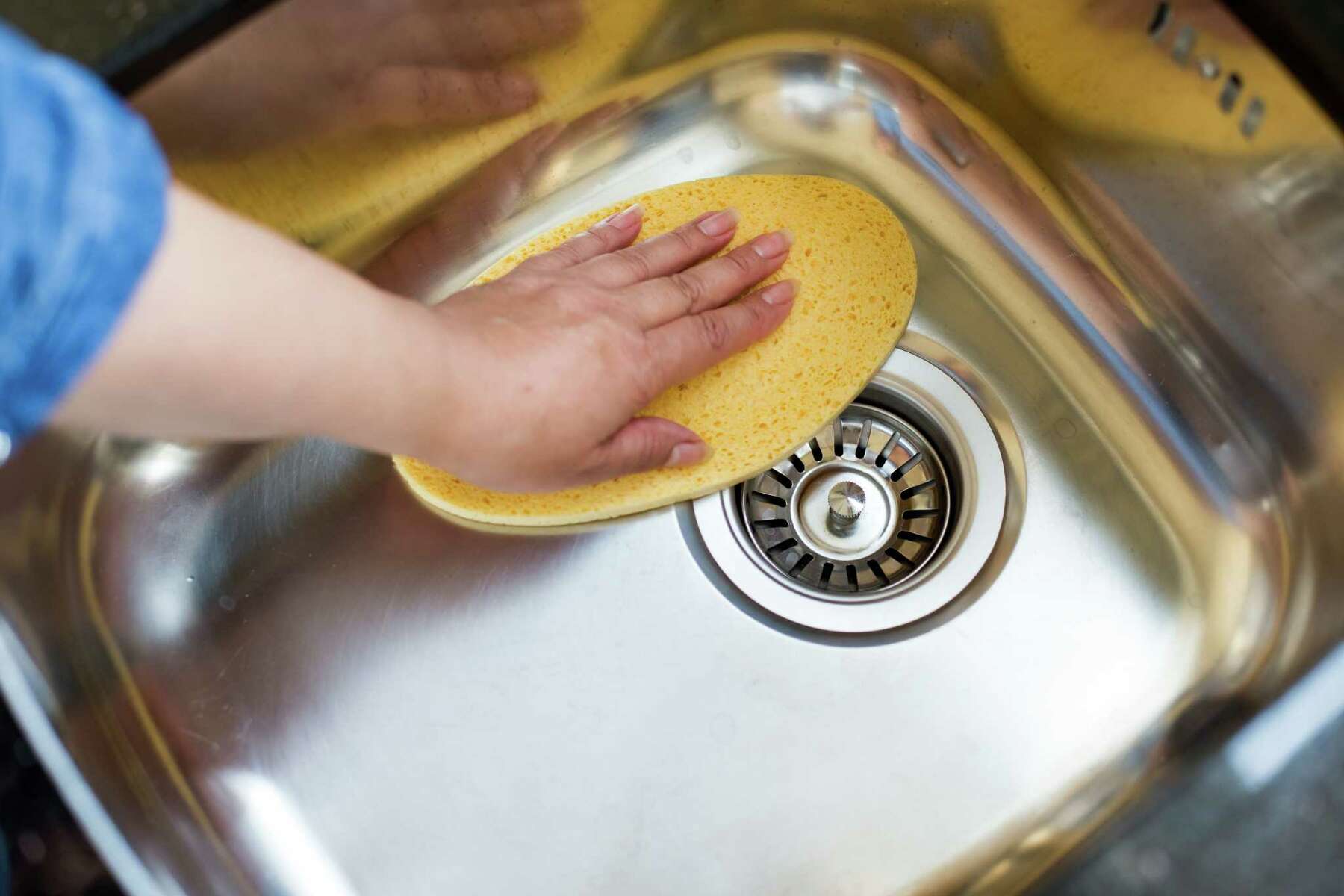
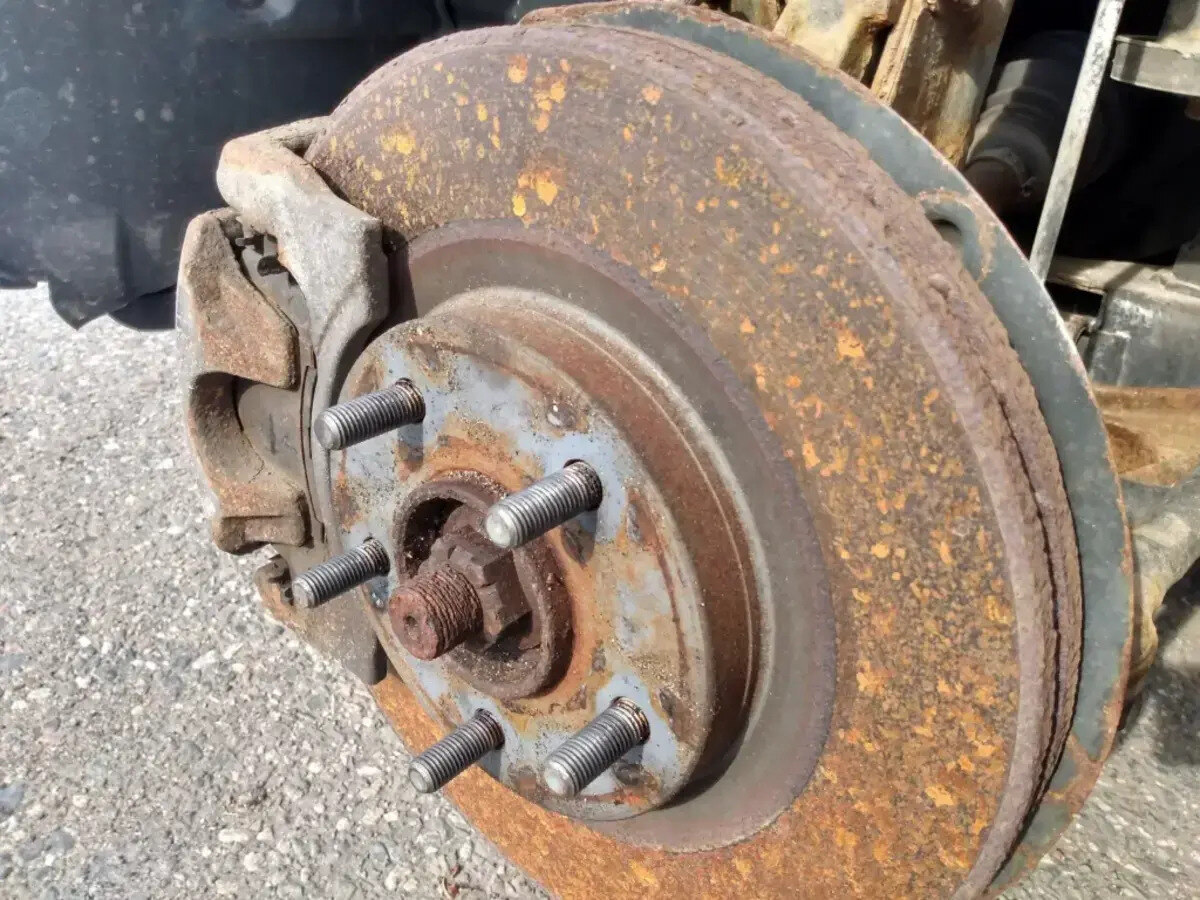
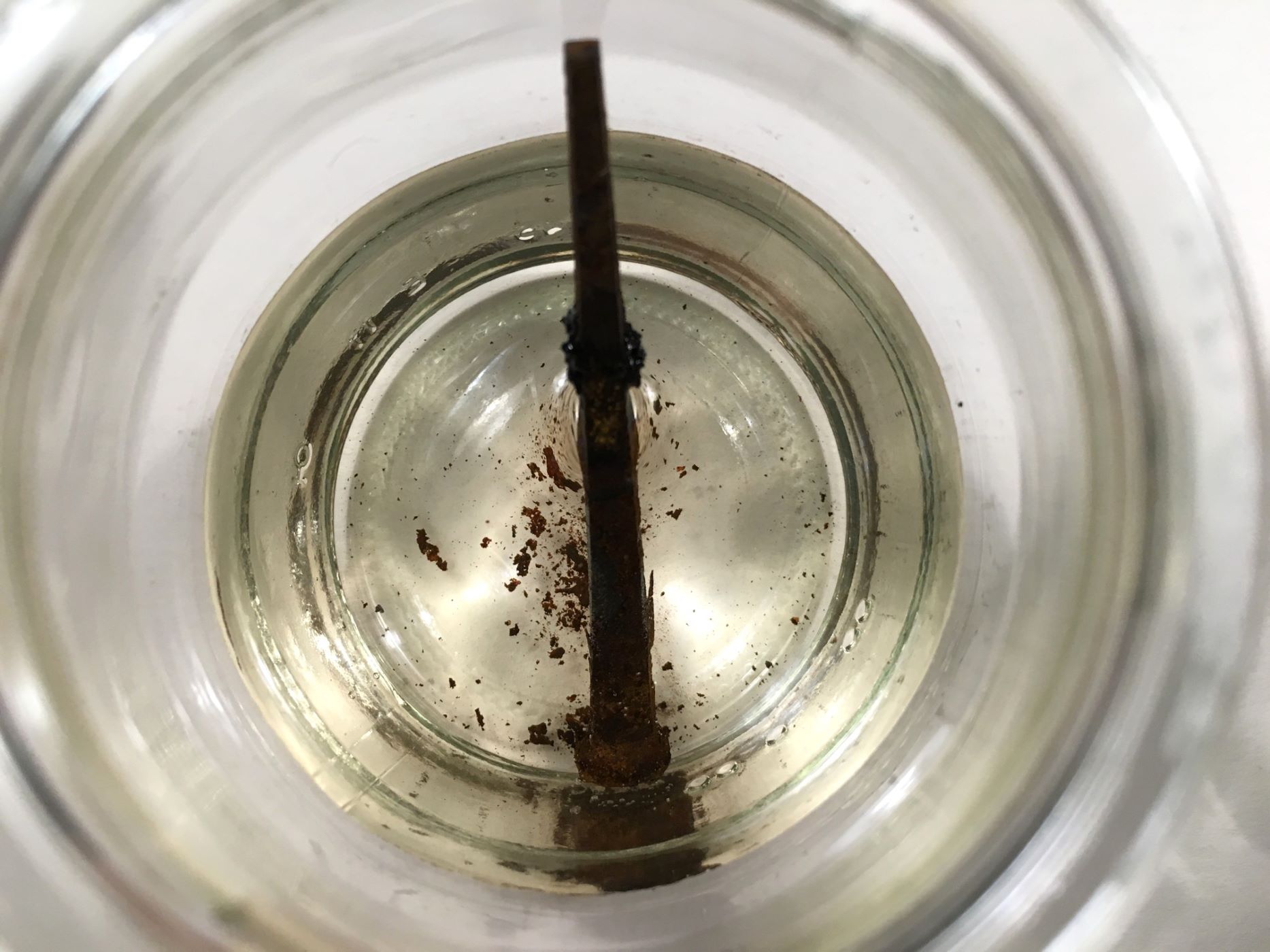
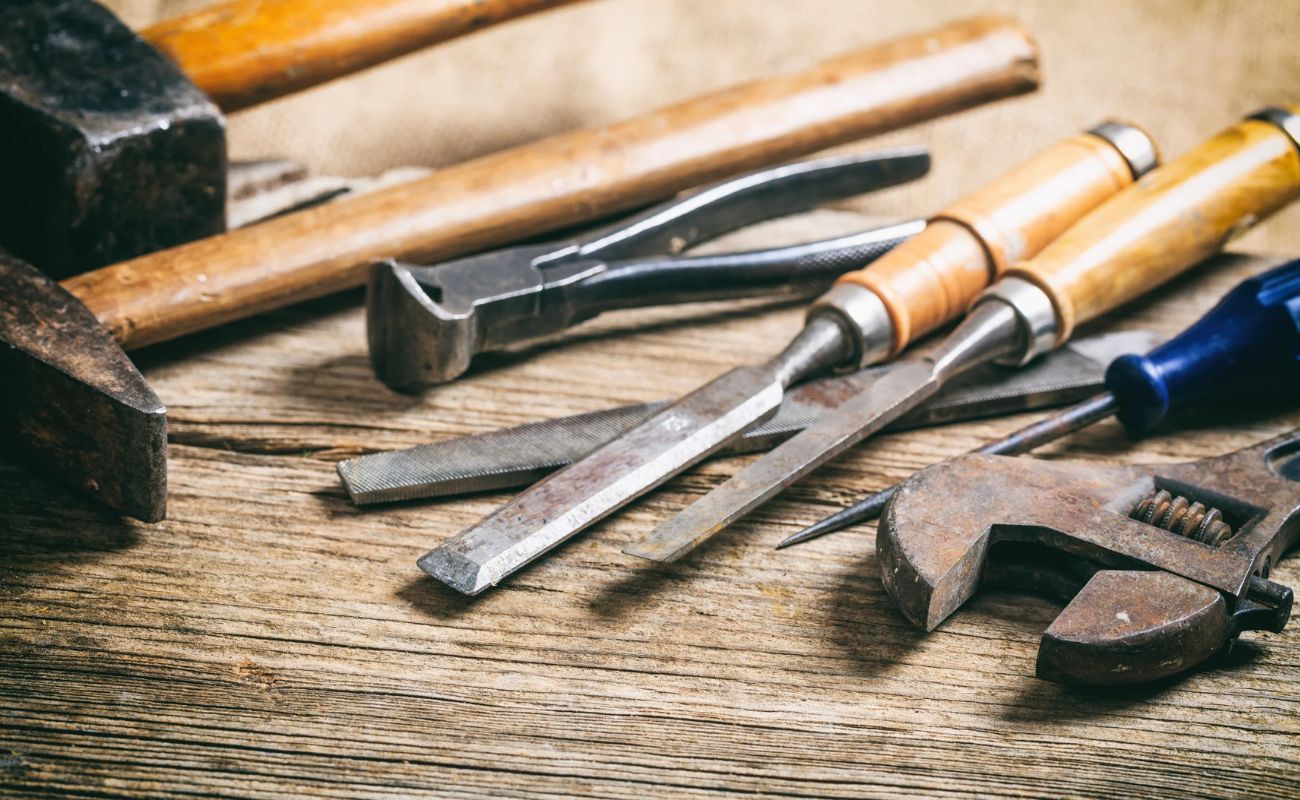
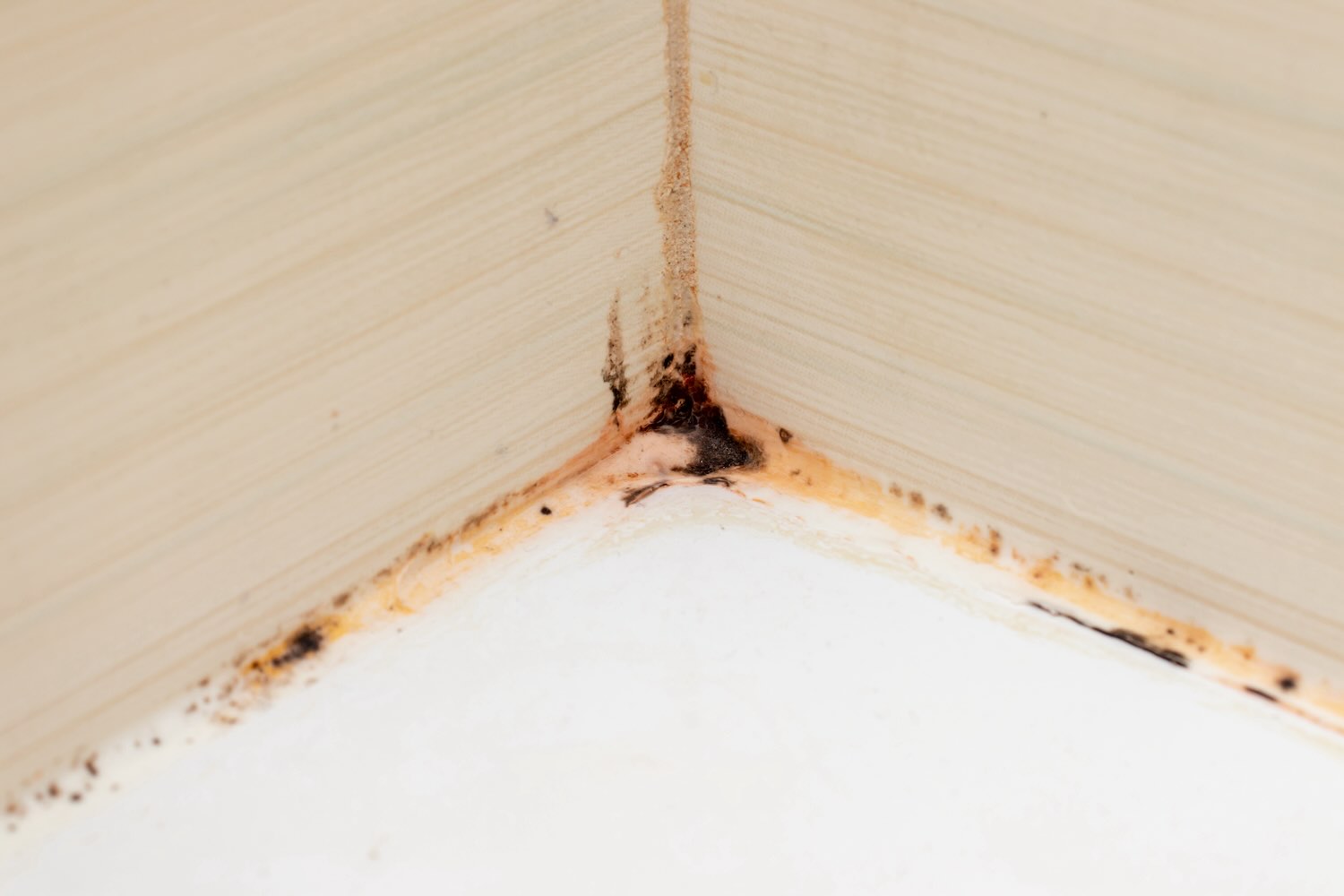

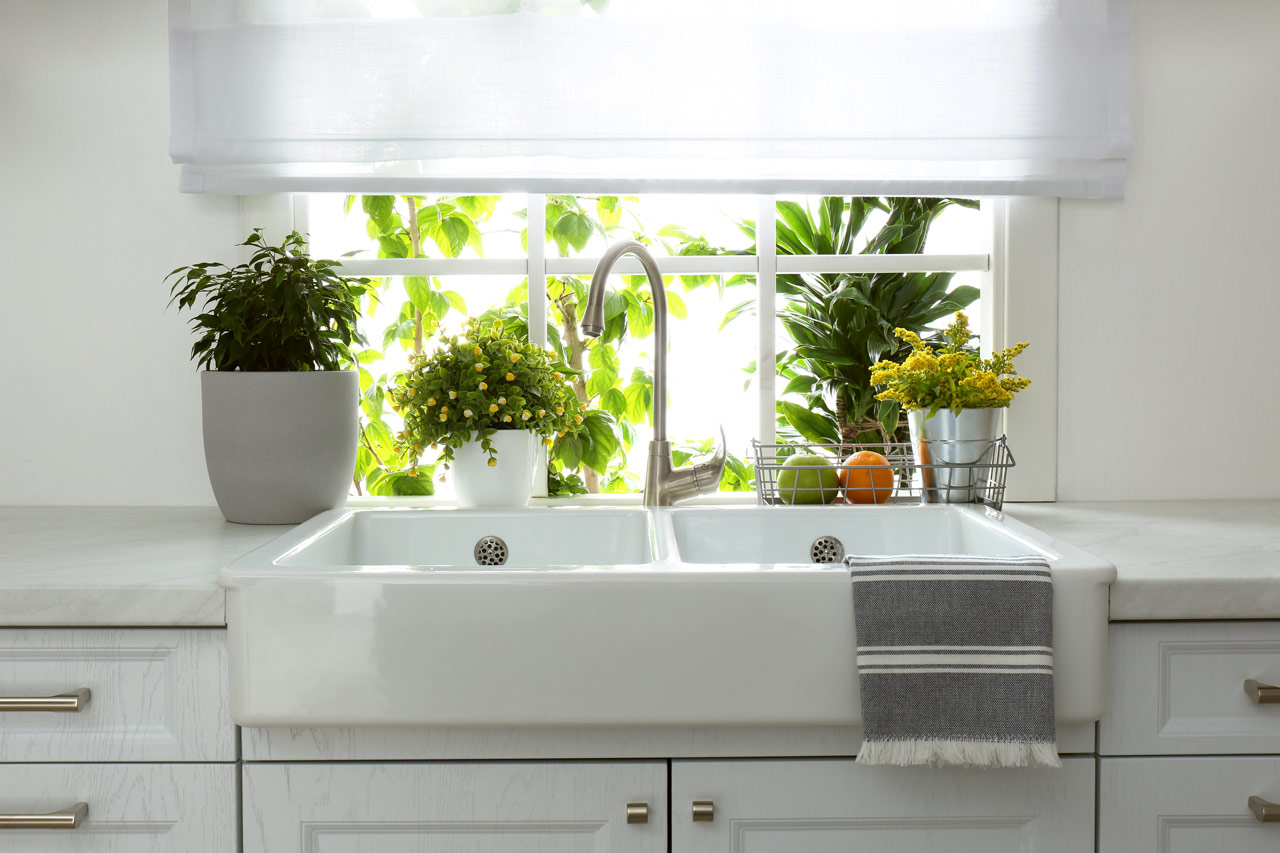
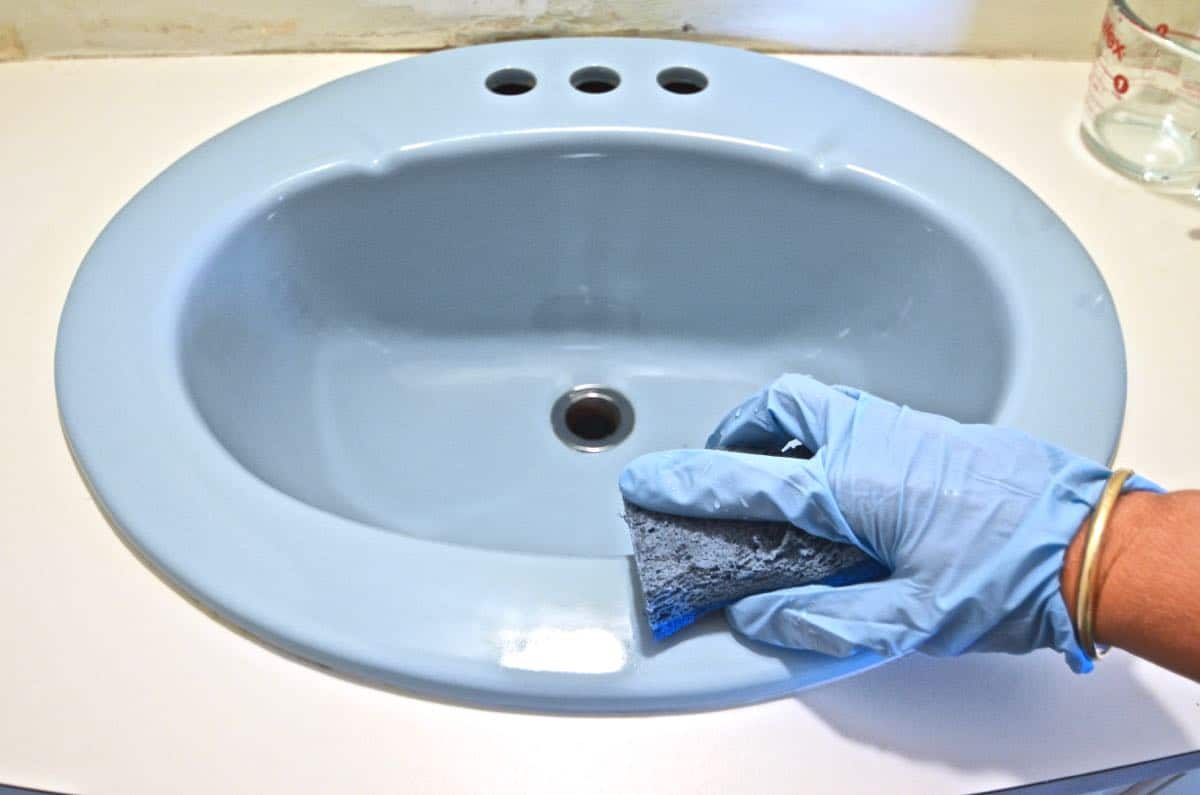
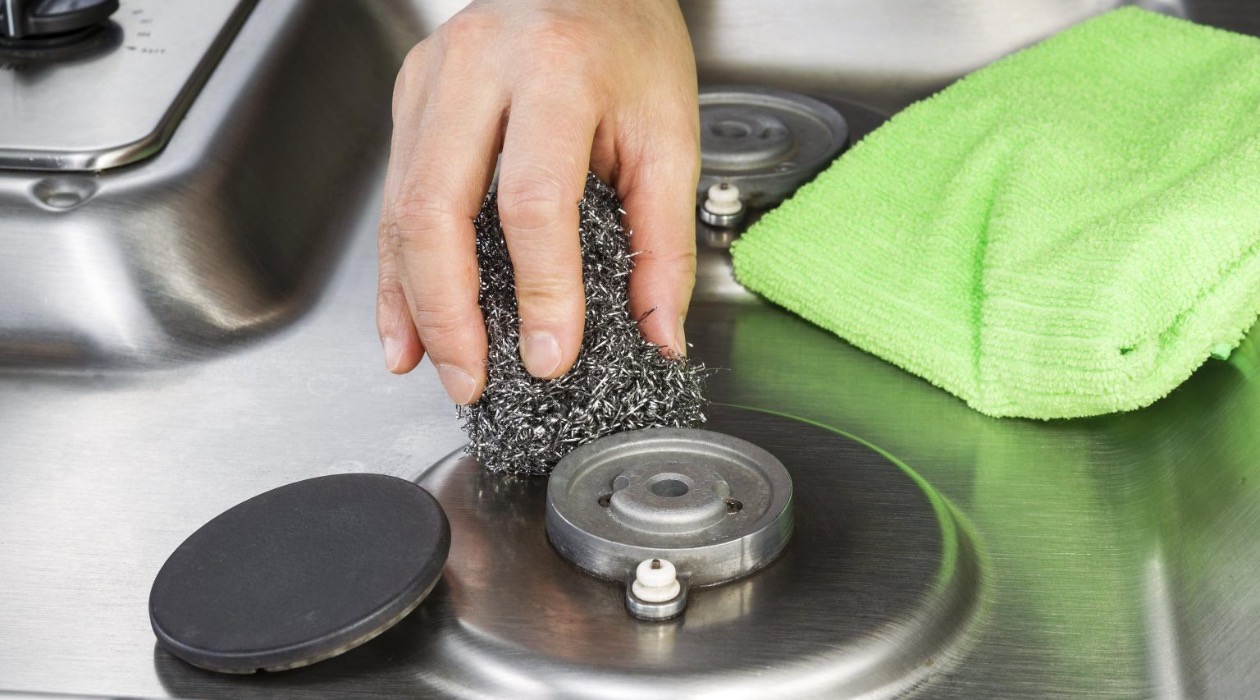
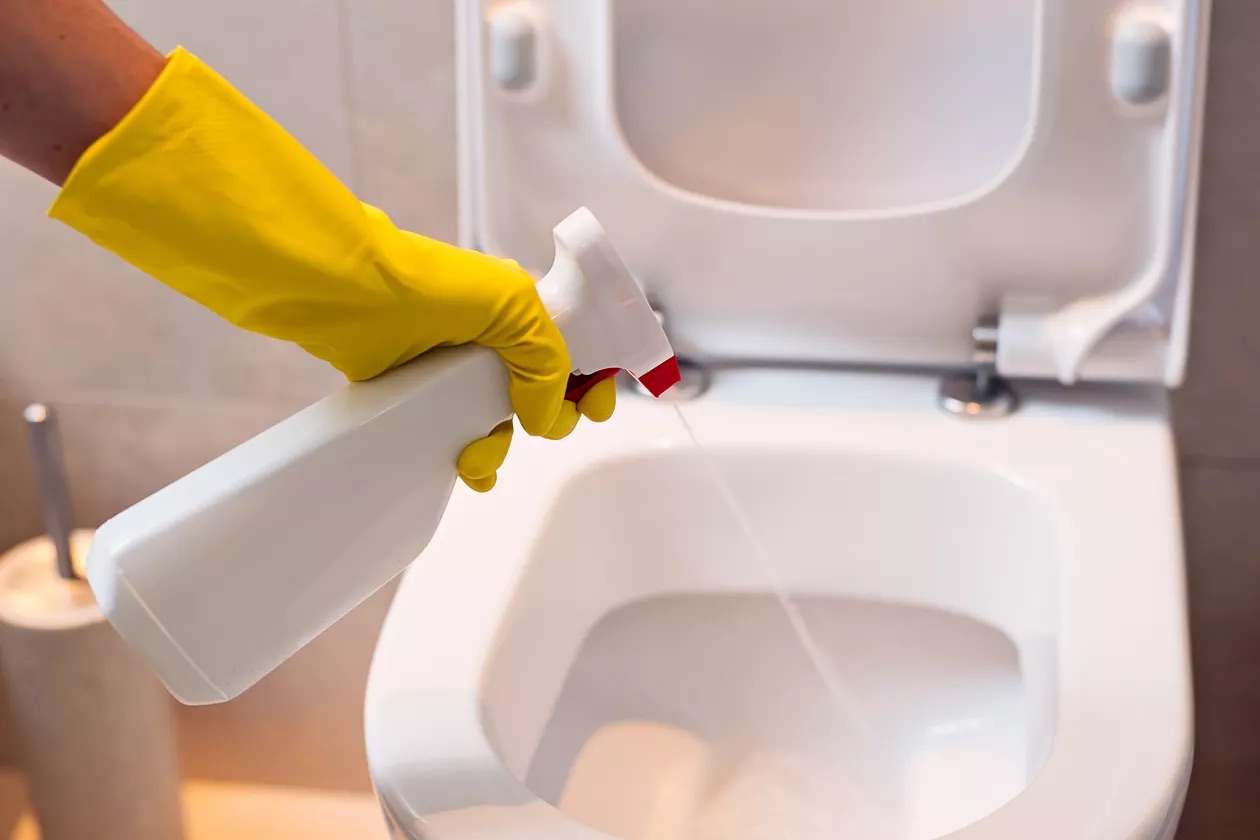
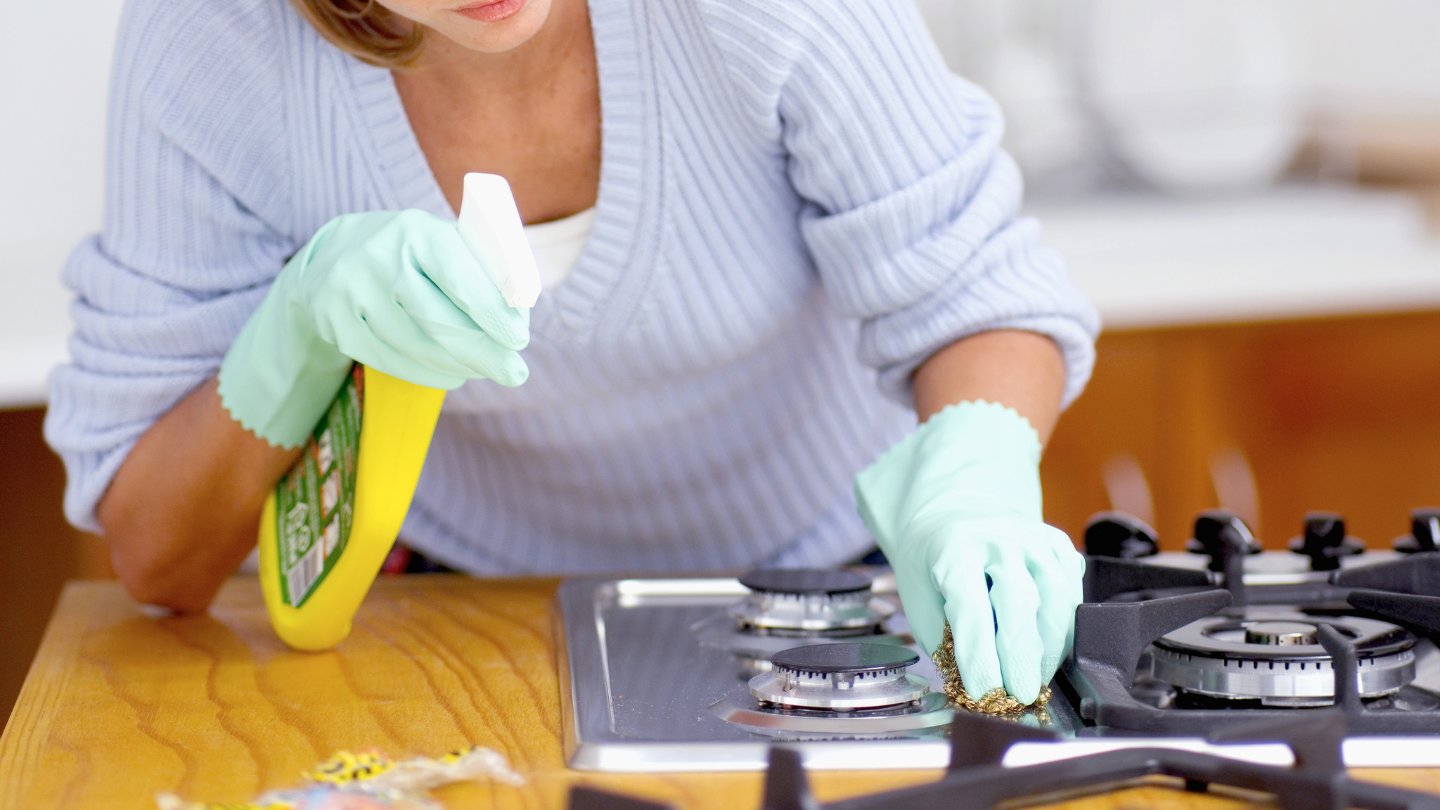

0 thoughts on “How To Remove Rust Stains From Porcelain Sink”